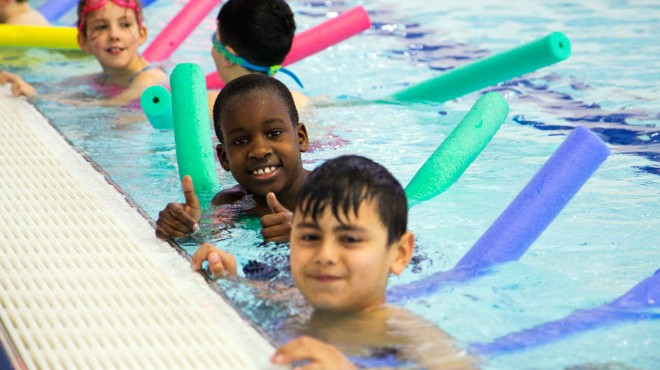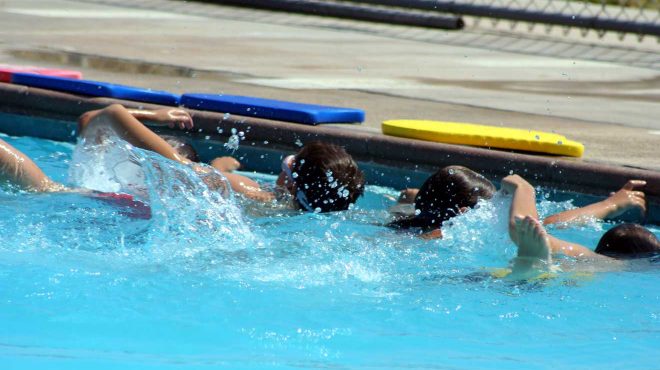Let’s Be Honest About School Swimming

There is no doubting that school swimming is a complex and political subject, and its one that has come back to the forefront (again) in recent months and one that I’m delighted to say is being proactively discussed and practically reviewed by the All-Party Parliamentary Group on Swimming.
However, make no mistake—improving school swimming is going to be challenge.
The reality is that there is no one solution that fits all to school swimming; for some schools there are so many logistical hurdles to get over, and this is why year-on-year we sadly keep seeing the headline statistics about children leaving primary school not being able to achieve all the national curriculum standards.
I think it’s important we are all honest as this is a serious problem—learning to swim is a life skill and for a lot of children, school might be the only place they will be given the opportunity.
But let’s take a step back. There are some involved in the sport that say the answer is more funding for schools, but from experience I don’t think this is necessarily the whole solution—not for most schools any way.
We need to be real and address the actual problem, and it’s that school swimming, despite being on the national curriculum is not inspected, so subjects which are graded will always be a school’s priority.
Yes, there are issues around pool access, transport and teacher training, which in my opinion can be resolved as funding is there via sport premium funding for example, but the crux is that swimming is not a priority for some schools because it takes too much time away from more ‘important’ lessons—lessons that a school will be inspected and judged upon.
There are primary schools that favour swimming and they should be applauded; for some it might be a case of providing one term of lessons per year for half an hour a week to provide the basics, but this requires top-ups or reliance on parents to take their children swimming and this is not always financially viable; and for others, swimming is just not a timetabling priority and they can easily apply feasible ‘reasons’ for not doing it which they will not be called to account for.
Until we tackle the real issue and make school swimming compulsory, and stop using the excuse that it’s all about the money, then we might just find a solution.
These are the views I shared with the All-Party Parliamentary Group when I was invited to attend in November. I think it’s important we are all honest as this is a serious problem—learning to swim is a life skill and for a lot of children, school might be the only place they will be given the opportunity. We can’t keep throwing good money after bad. Until we tackle the real issue and make school swimming compulsory, and stop using the excuse that it’s all about the money, then we might just find a solution.
With structure and accountability, and by working together as an industry with the new All-Party Parliamentary Group on Swimming, I believe we can start to make a positive difference.

What can we do in the meantime?
I recently read an inspiring case study about a primary school in Sunderland, who provide students from year 1–6 with a term of swimming lessons each year as part of the curriculum, but identified that the majority of their pupils do not have the opportunity to top-up these lessons outside of school time and wanted to do more. As a solution, the school who work with a local STA swim school applied their sport premium funding to enable free top-up swimming lessons for their students. Being practical, these are the type of forward-thinking solutions we need.
In addition, to help schools who want to develop their own school swimming programmes or utilise sport premium funding, STA provides a free downloadable schools resource pack—it provides guidance, resources and everything a school will need to manage a swimming programme.


